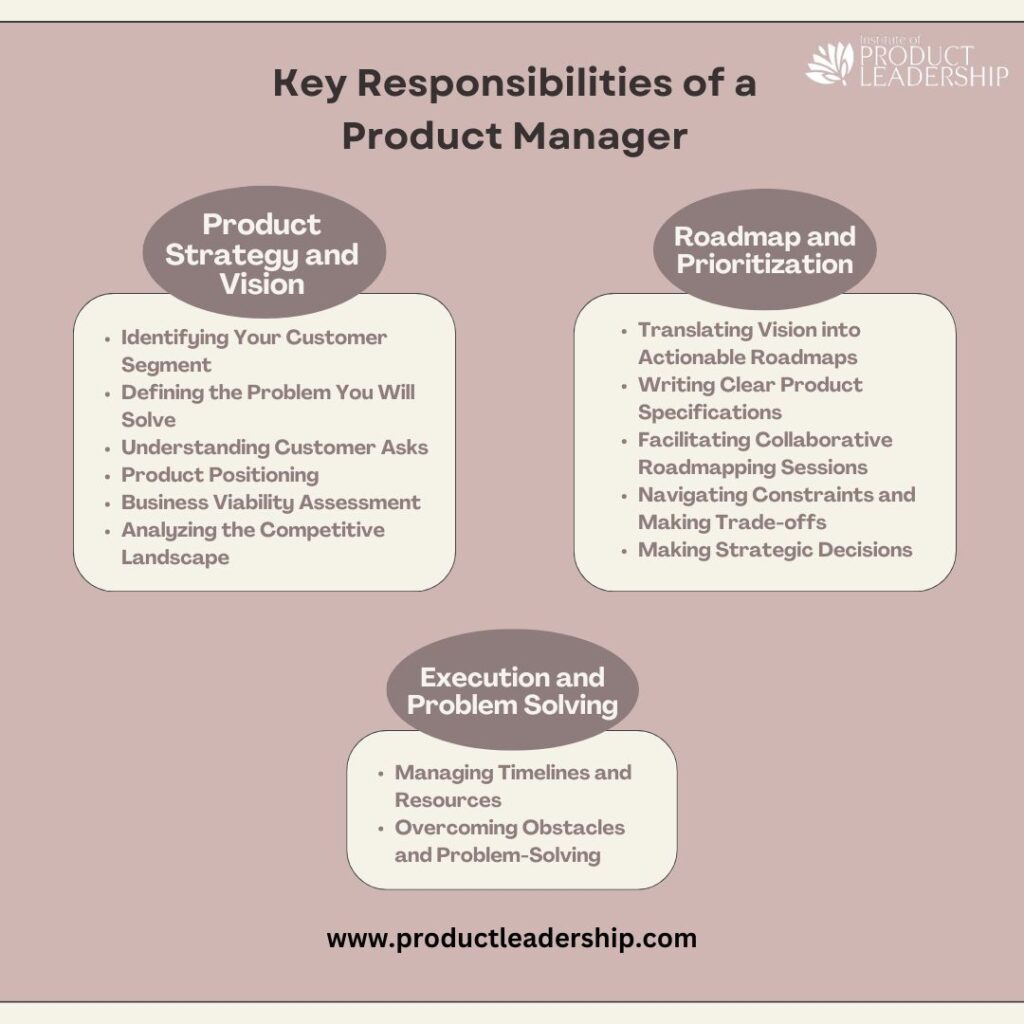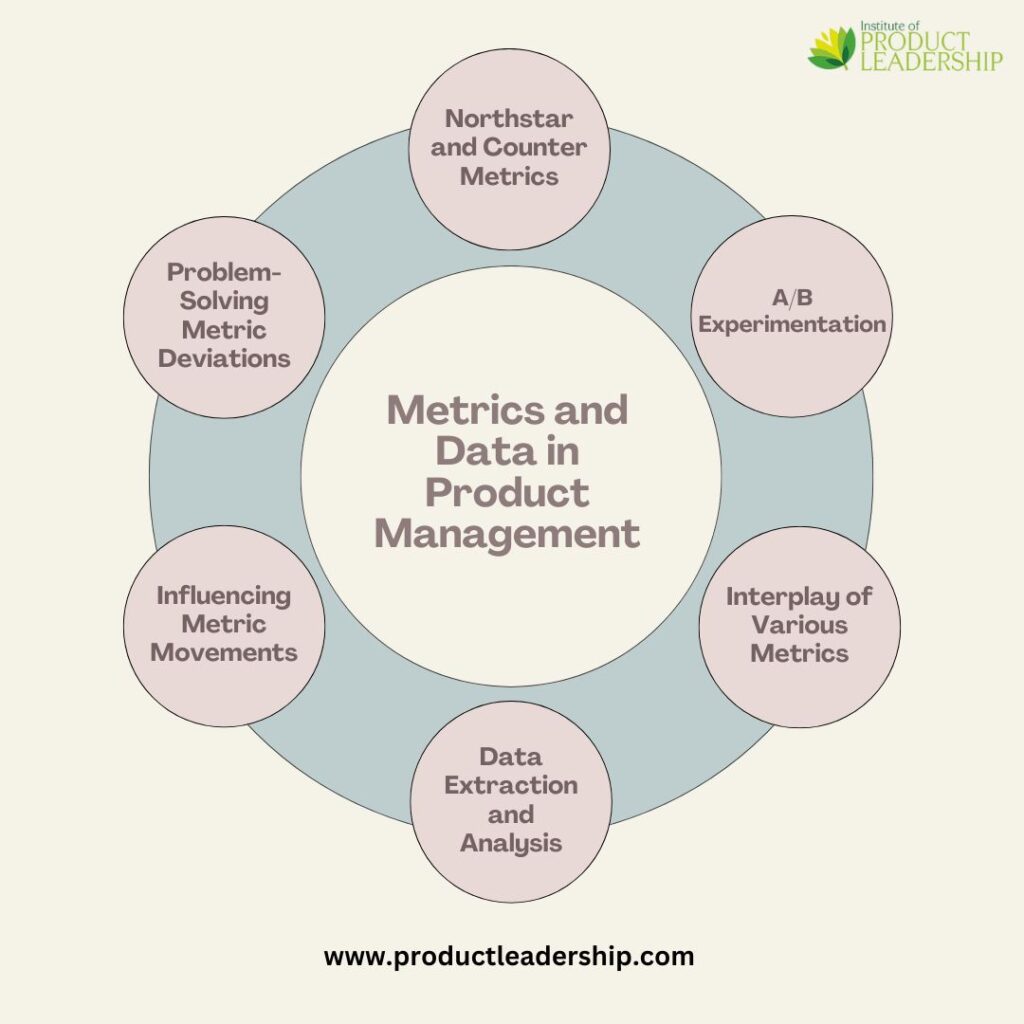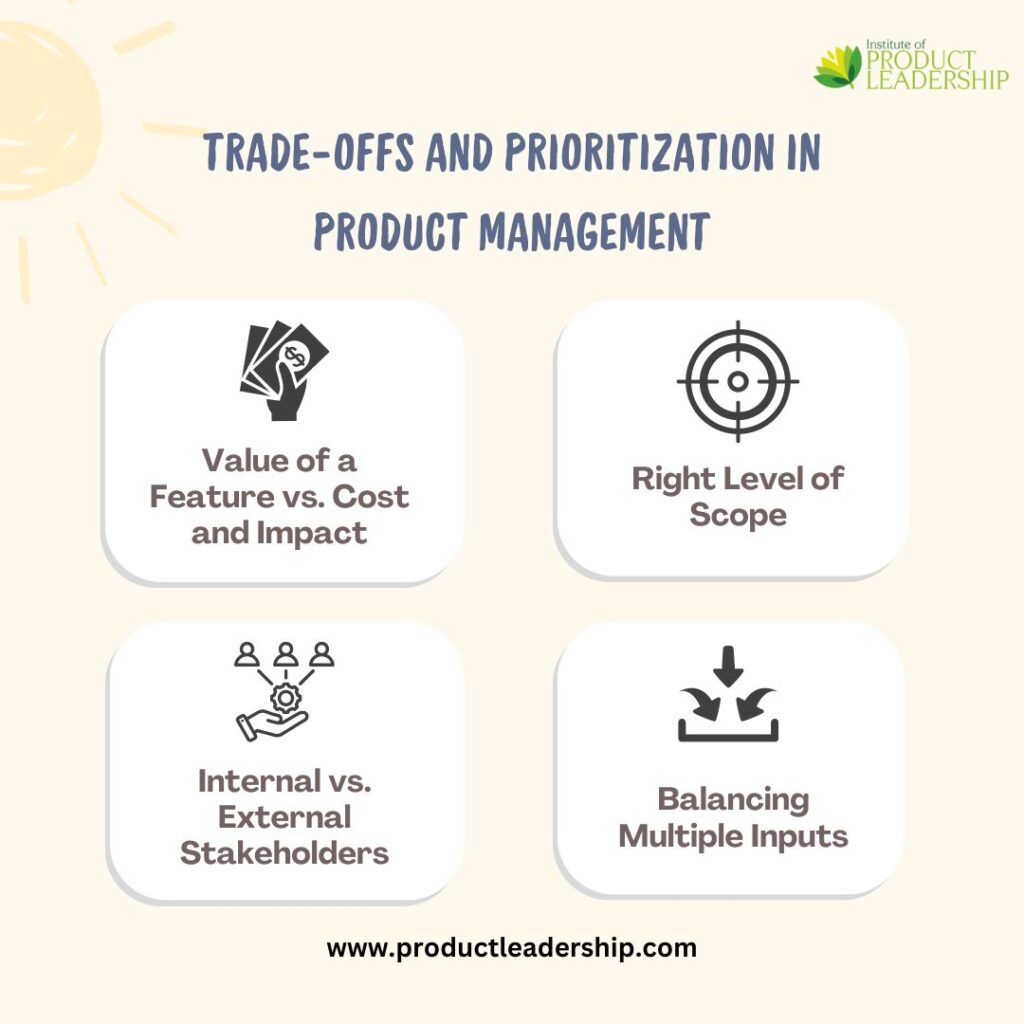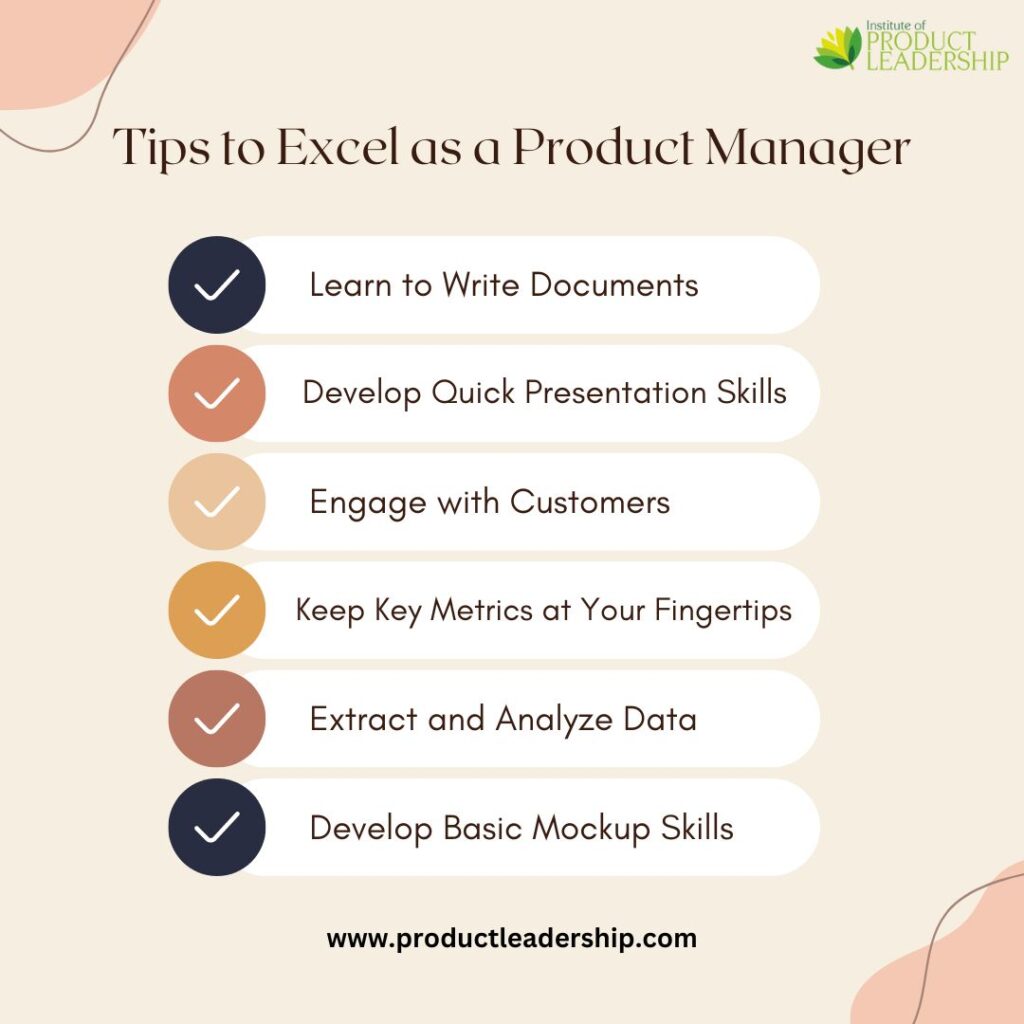1. Product Strategy and Vision
Product strategy and vision form the foundation of any successful product development journey. This crucial phase is not just about building a product—it’s about understanding why the product should be built in the first place. It involves asking critical questions to yourself and stakeholders to clarify the purpose and direction of the product.
- Identifying Your Customer Segment:
Define your target customer segment with precision. Understand the demographics, preferences, and pain points that your product aims to address.
- Defining the Problem You Will Solve:
Identify the specific problem or need that your product will solve for the customer. Articulate how your solution will add value and differentiate it from existing offerings.
- Understanding Customer Asks:
Dive deep into customer expectations and desires. What are the key requirements and features they expect from your product? This insight informs your product roadmap.
Assess the market landscape and competition. Determine how you will position your product competitors. Highlight unique selling points and differentiation strategies.
- Business Viability Assessment:
Evaluate the potential for a viable business model. Consider revenue streams, cost structures, and scalability. Ensure alignment with broader business goals and objectives.
- Analyzing the Competitive Landscape:
Conduct a thorough analysis of competitors. Identify existing products in the market that address similar needs. Assess their strengths, weaknesses, and market positioning.
2. Roadmap and Prioritization
The journey from envisioning a product strategy to executing it with precision and impact involves a critical phase known as roadmap development and prioritization. Let’s delve into the core aspects that define this crucial stage in product management.
- Translating Vision into Actionable Roadmaps
After defining the product vision and strategy, the product manager crafts a roadmap spanning three to five years. This roadmap serves as a blueprint for achieving long-term objectives and aligns stakeholders across teams.
- Writing Clear Product Specifications
Effective product managers excel at articulating crisp product specifications (PRDs). These documents outline features, functionalities, and user requirements, ensuring clarity and alignment throughout the development process.
- Facilitating Collaborative Roadmapping Sessions
Engaging cross-functional teams—including design, engineering, sales, and stakeholders—in roadmapping sessions is essential. These discussions synthesize diverse perspectives into a cohesive plan, fostering buy-in and alignment.
- Navigating Constraints and Making Trade-offs
Practical constraints such as resource limitations and project timelines require strategic navigation. Product managers excel at making informed trade-offs to optimize impact and deliver value efficiently.
- Making Strategic Decisions
Product prioritization involves evaluating the impact versus effort for each initiative. Skilled product managers use a structured approach aligned with business goals to decide what to prioritize, defer, or discard.
3. Execution and Problem Solving
Execution in product management involves collaborating closely with development or engineering teams to deliver strategic goals efficiently. It’s about translating plans and roadmaps into tangible outcomes, ensuring timely delivery and alignment with project objectives. Let’s delve into the core aspects that define this crucial stage in product management.
- Managing Timelines and Resources
Effective execution requires diligent timeline management and resource allocation. Product managers must navigate project timelines, adjusting resource allocations as needed to optimize productivity and meet project milestones.
- Overcoming Obstacles and Problem-Solving
Challenges and obstacles are inevitable in product development. The ability to navigate these hurdles and solve problems effectively is a hallmark of a skilled product manager. Problem-solving skills are crucial for maintaining momentum and achieving project success.










